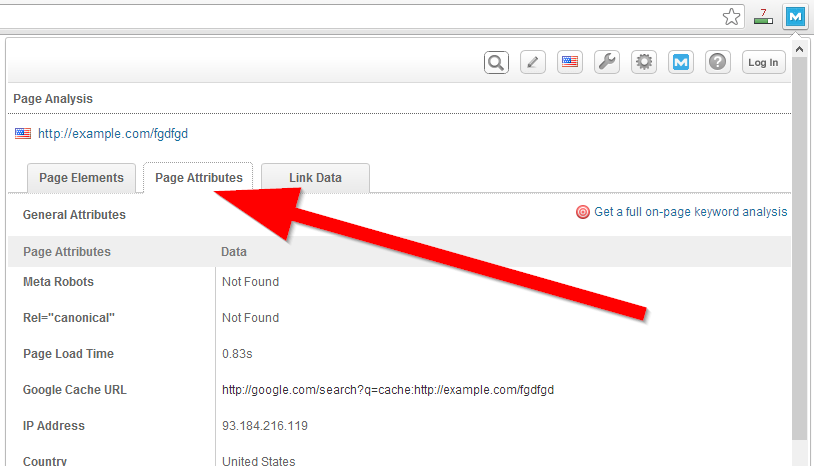I’ve been doing technical SEO assessments a lot here at Dejan SEO, and lots of different websites on lots of different CMSs have gone through my hands. What I noticed is, a lot of different CMSs create at least one of these 2 hard to notice technical SEO issues.
For spotting both of these issues, I like to use a tool called Mozbar by SEOmoz as a Google Chrome plugin. It’s a free tool and it gets the job done effectively.
302 redirect where we expect a 301!
Where the issue commonly occurs:
When redirecting non-www version of the website to the www version or vise versa (http://example.com redirecting to www.example.com). Best practice would be to use a 301 redirect to pass all of the link juice, however, some CMSs that do this for you by default use a 302 redirect instead!
This issue is extremely common with popular shopping cart softwares.
Why it’s hard to notice?
You see you got redirected and you assume it’s a correct 301 redirect however, without a tool such as previously mentioned Mozbar, it’s impossible to see it was in fact a 302 redirect.
404 page that’s actually not a 404 page!
Where the issue commonly occurs:
Some CMSs create 404 pages for you. If you access a non existing URL, you get a nice little page saying something like “Error 404: The URL you’re looking for is missing.” It’s often styled really nicely just like the rest of your website and offers different ways of navigation from there to find what you were actually looking for.
But where is the error? It’s in the status response code. Open up your Mozbar and click on “Page Attributes” section.

Scroll down to status codes, and see if it actually returns a 404 status code or it gives a 200 status code, which is not the one you should use for the missing pages.

Why it’s hard to notice?
The page itself says it’s a 404 page, unless you have a tool to check the actual status, you won’t notice or suspect that something is wrong here.
Bonus hard to notice technical SEO issue: Google only redirect loop!
This one is bonus because ti’s not common like the previous two but it’s extremely hard to notice and deserves a spot in this blog post.
Have you ever seen this error in Google Webmaster Tools:
“Google couldn’t follow your URL because it redirected too many times.”
It’s a very rare error, there are ~30 results in Google is you search for that error in quotes.
I believe there are several ways to cause this error, but the most interesting one is the one that’s super hard to notice: the Google only redirect loop!
Turns out, if you redirect URLs with some special characters such as “(“ to the “%28” version of it, Google will turn it back into “(” and be stuck in an infinite loop as you will redirect it back to the “%28” which Google will translate back to “(“ and on it goes.
It’s hard to notice because if you visit the URL with your browser directly, you’ll get redirected just once and your browser won’t transform the “%28” back into “(“ like Google will and be stuck in an infinite loop.
Dan Petrovic, the managing director of DEJAN, is Australia’s best-known name in the field of search engine optimisation. Dan is a web author, innovator and a highly regarded search industry event speaker.
ORCID iD: https://orcid.org/0000-0002-6886-3211

Toni,
Hate to leave the most famous comment of all time, but…. “Awesome post Toni” 🙂
Thanks
Greg Smith
So this could basically be exploited as another form of cloaking for URLs, browsers can see it, Googlebot can’t – Seems as if you could just cloak the redirect with the infinite loop to Googlebot but still send traffic through to a legitimate page.
Hello Toni!
Thank you for tackling this kind of topic. Yes its true, when redirecting non www version of the website to the www version or vise versa, the best practice I know would be to use a 301 redirect to pass all of the link juice. We also need to take note that some CMSs that do this for us by default uses a 302 redirect.